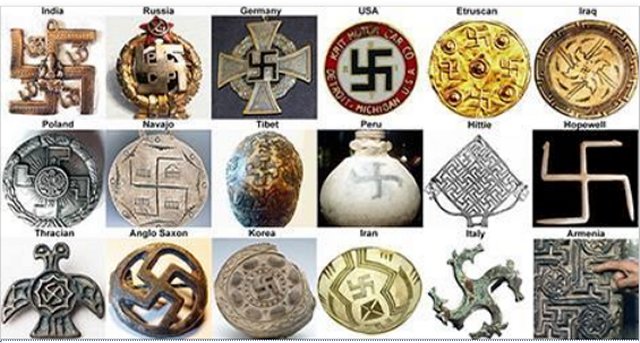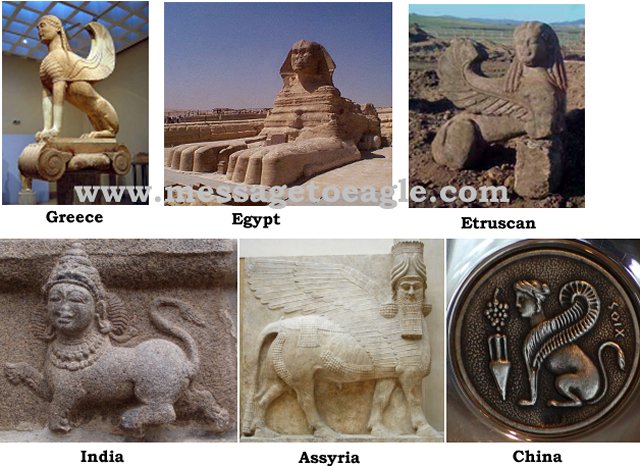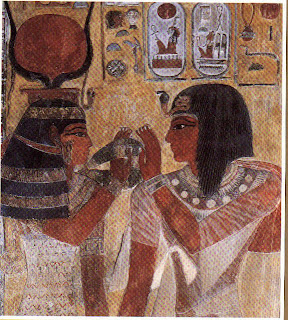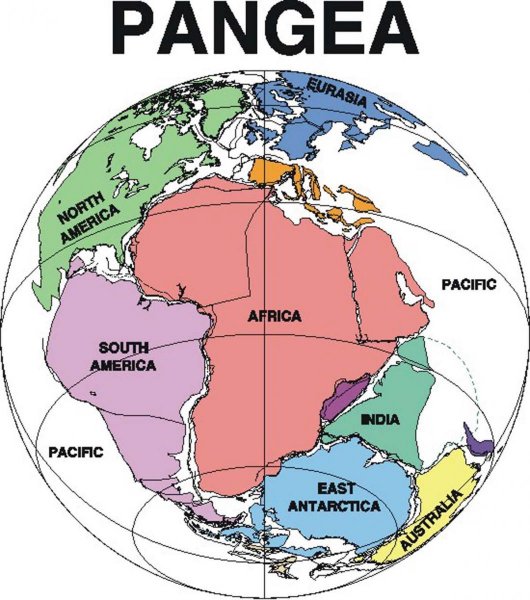Recently on a trip to Hawaii (a US state in the middle of the Pacific originally inhabited by Polynesians) I came to know a little more about the native Hawaiian religion. They had a number of Gods resembling the forces of nature. Most famous of these was Pele the volcanic goddess (Hawaii has several active volcanoes) but there were also gods and goddesses representing the harvest, sea, snow, thunder, fire, war and the underworld. They had many chants, but they were only an oral tradition (nothing was written down).
They also had a "kapu" system of forbidden acts like men & women eating together and commoners not being allowed to touch the kings and high priests. The king rules with advice from the high priest and women had little role in leadership.
All this sounded rather familiar. Perhaps the ancient religions were not that different after all.
They also had a "kapu" system of forbidden acts like men & women eating together and commoners not being allowed to touch the kings and high priests. The king rules with advice from the high priest and women had little role in leadership.
All this sounded rather familiar. Perhaps the ancient religions were not that different after all.
Last edited:









